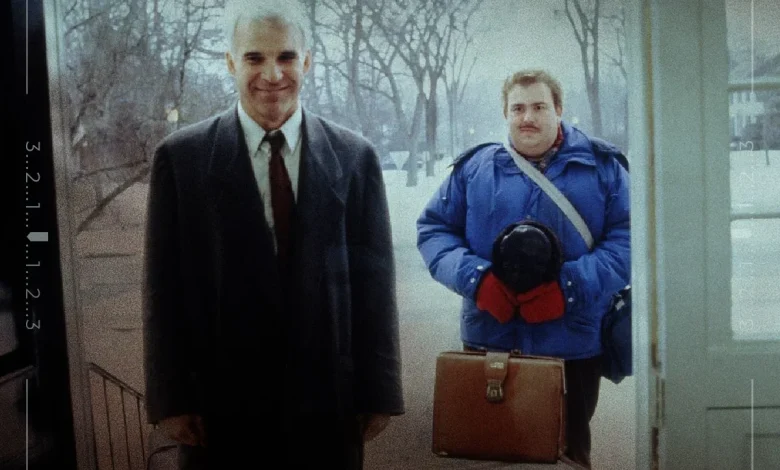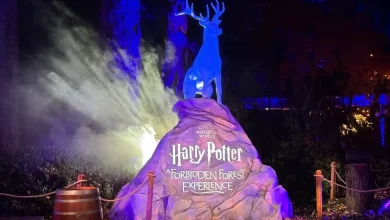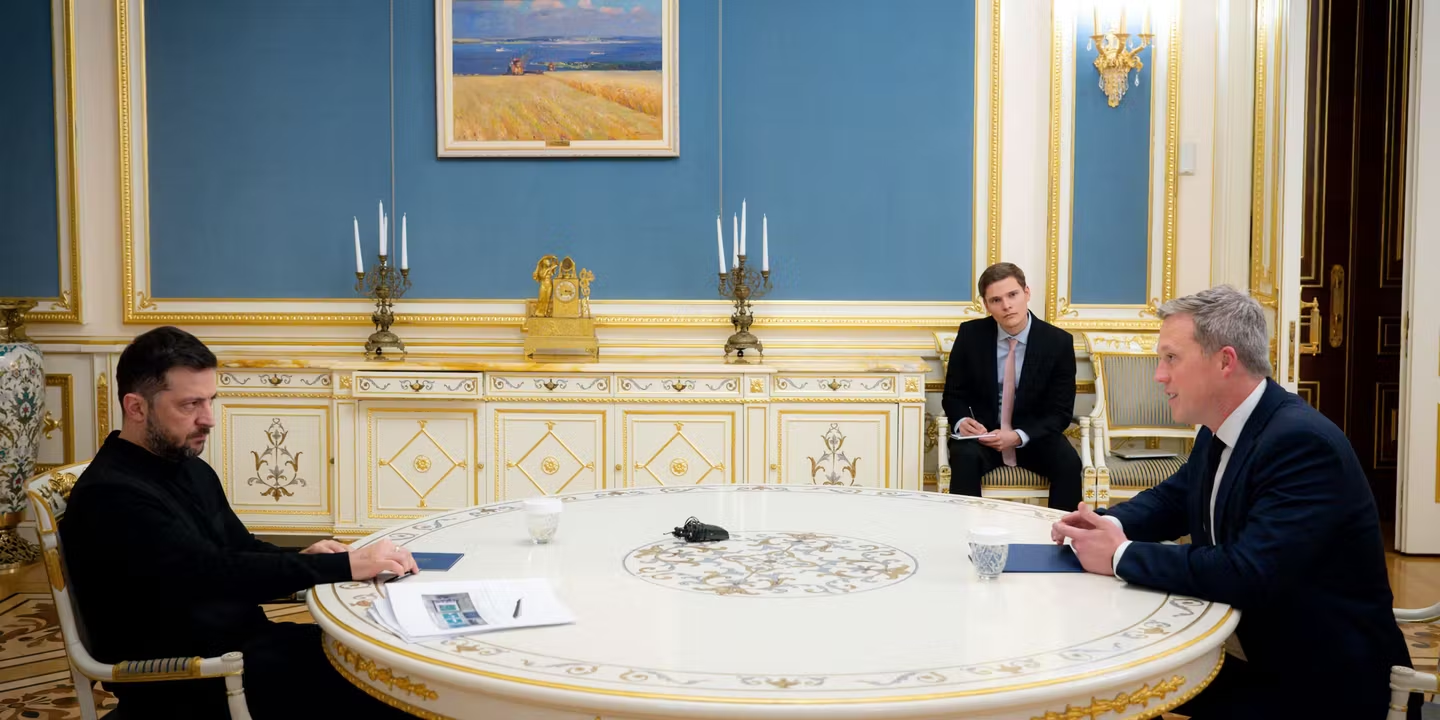“People were walking out”: how a cut scene almost ruined ‘Planes, Trains, and Automobiles’

(Credits: Far Out / Paramount Pictures)
Tue 25 November 2025 11:30, UK
Planes, Trains, and Automobiles follows a plot that could’ve easily appeared in an Old Hollywood screwball romantic comedy, such that many of the scrapes have an It Happened One Night quality to them, but instead, we follow two men who couldn’t be more different as they’re forced into each other’s proximity.
Rather than a romantic relationship blossoming à la Clark Gable and Claudette Colbert, a friendship sprouts between an uptight executive and an irritating yet warm-hearted salesman, played by Steve Martin and John Candy, respectively. It takes a while, of course, with endless incidents driving a wedge between the two as they’re forced to travel together, before certain moments bring them back into each other’s arms, so to speak.
In the end, though, the pair learn to embrace their differences, with Martin’s Neal becoming less uptight, while Candy’s Del gains slightly more self-awareness. The film is widely adored, remaining a firm favourite all these years later, and it signalled a new chapter in director John Hughes’ career, who proved he wasn’t just capable of a coming-of-age movie; here, he delivered an excellent buddy comedy with real depth and heart.
Yet, when early test screenings of the film were underway, the reception wasn’t as unanimous. In fact, some viewers walked out of the theatre, which is an admittedly strong reaction, but it worked in the filmmakers’ favour by signalling that something needed to change.
The issue was that a key scene had been cut out during the editing process in a desperate attempt to make the film a reasonable runtime, inadvertently making Candy’s character come across a little differently than intended.
Discussing the initial reaction with Vanity Fair, editor Paul Hirsch explained, “We got it down to about two hours. By the end of August, we had a screening, and I thought, ‘This is the funniest movie ever made’. And people started walking out. And it took us four screenings to figure out what the problem was, why people were walking out.”
It all boiled down to the exclusion of one specific scene: “The answer was the audience started to perceive John Candy as using Steve Martin, taking advantage of him, and Steve was paying for everything. In our hurry to shorten the picture, we had taken out part of a scene at a train station where they’re parting, not for long, but we don’t know that yet, and Candy says to Steve, ‘Give me your address, I’ll send you some money.’”
Hirsch explained how Steve’s character was looking to drop Candy’s like a hot potato and didn’t want any part of Del in his life, which led him to vehemently decline the offer. It is this scene in its entirety that needed to be restored, and once it was, people changed their minds en masse towards Del as it showed that, on the contrary, he did in fact offer to pay.
With the scene back in place, audiences retained a level of empathy for Candy’s character, who wasn’t using Martin’s Neal, but acknowledged the fact that he owed him. People get funny about money, so it was important for the film to establish that Del wasn’t trying to scam Neal, as the initial edit seemed to suggest, which would’ve changed the tone of the film entirely, making audience reactions a little more understandable.
Related Topics




